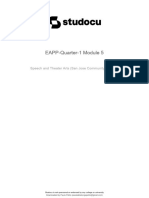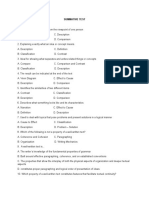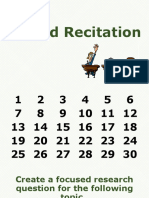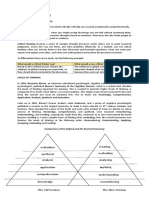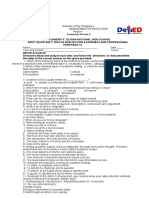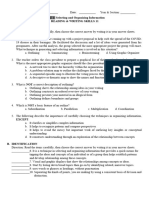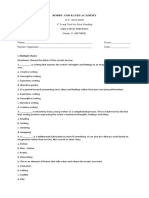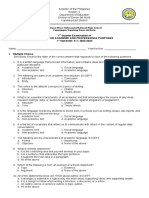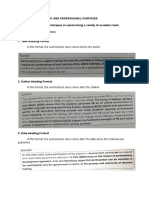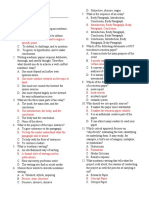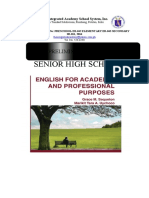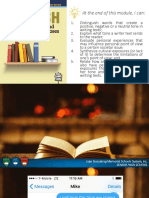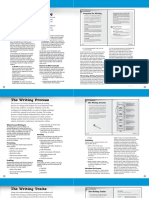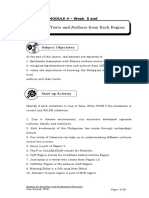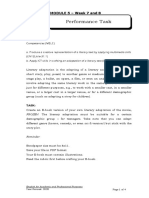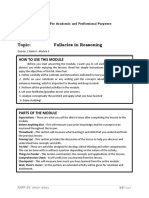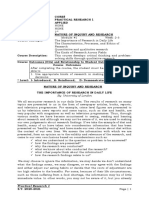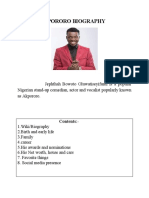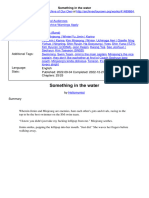100% found this document useful (2 votes)
2K views21 pagesEAPP - Module3.Quarter 1 - Week 4 - 5
This document provides information about an English for Academic and Professional Purposes course. The course code and title are provided, along with the quarter, topic, and module details. The module discusses determining an author's purpose, tone, and point of view. It explains how to use the module, outlines the parts and expectations of the module, provides review questions on previous lessons, and discusses determining an author's purpose, tone, and point of view in more depth. Examples are given of different author purposes like to inform, entertain, and persuade. Charts are also included to help identify an author's purpose.
Uploaded by
Jrick EscobarCopyright
© © All Rights Reserved
We take content rights seriously. If you suspect this is your content, claim it here.
Available Formats
Download as PDF, TXT or read online on Scribd
100% found this document useful (2 votes)
2K views21 pagesEAPP - Module3.Quarter 1 - Week 4 - 5
This document provides information about an English for Academic and Professional Purposes course. The course code and title are provided, along with the quarter, topic, and module details. The module discusses determining an author's purpose, tone, and point of view. It explains how to use the module, outlines the parts and expectations of the module, provides review questions on previous lessons, and discusses determining an author's purpose, tone, and point of view in more depth. Examples are given of different author purposes like to inform, entertain, and persuade. Charts are also included to help identify an author's purpose.
Uploaded by
Jrick EscobarCopyright
© © All Rights Reserved
We take content rights seriously. If you suspect this is your content, claim it here.
Available Formats
Download as PDF, TXT or read online on Scribd
/ 21



